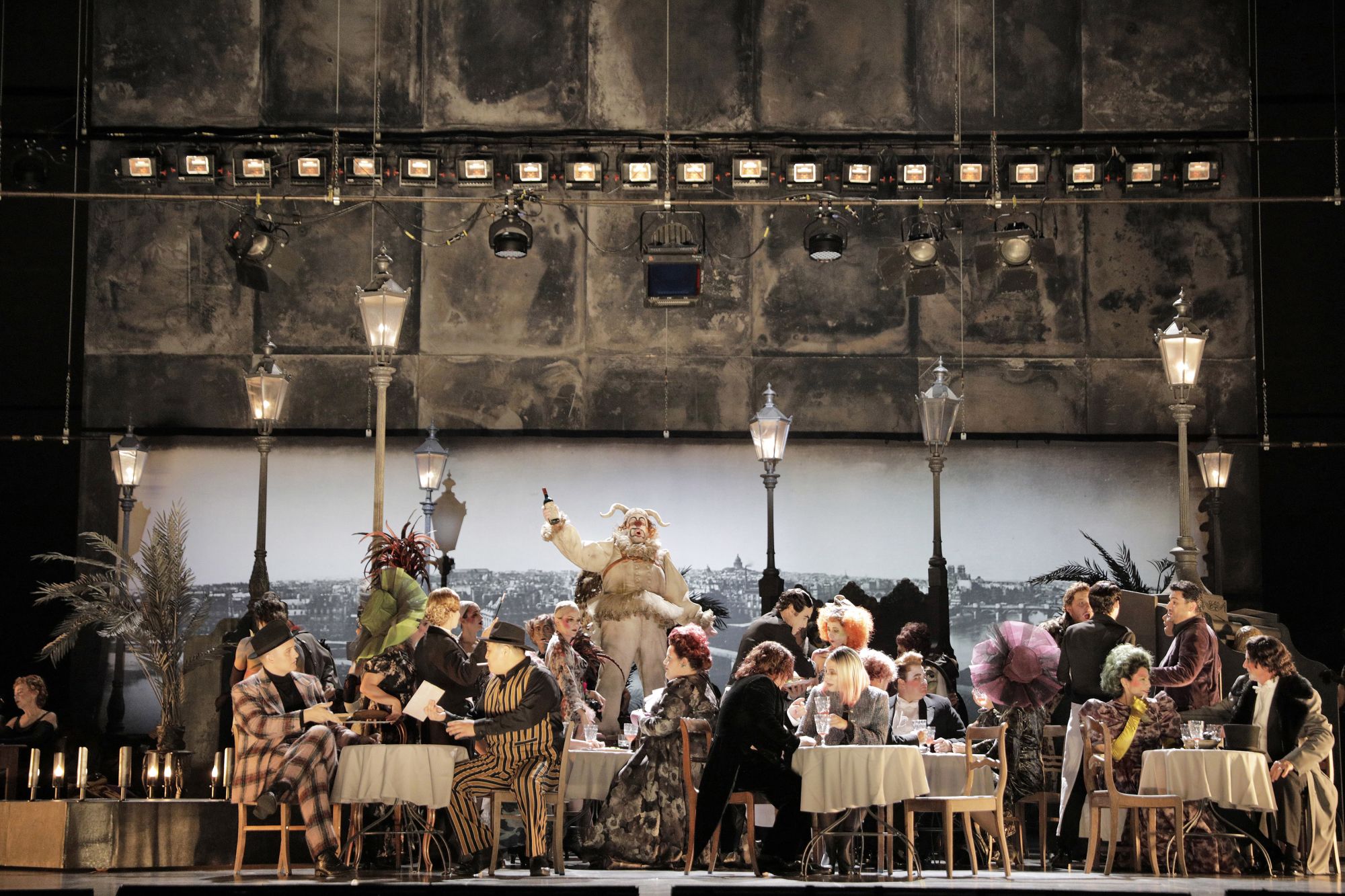

In 2002, another restaged version was held on Broadway, which won 2 prestigious Tony Awards. In 1990, Baz Luhrmann modernized the opera onstage for “Opera Australia,” along with subsequent DVD release. “La bohème” soon crossed the Atlantic again, and was staged at New York and Los Angeles in its USA tour. A few months later, the company staged its second production at London’s Royal Opera House. Puccini personally supervised the arrangement by Carl Rosa Opera Company. In April 1897, the first performance across the English Channel was held at Manchester. However, the opera soon gained recognition among various Italian productions, including “La Fenice,” and “La Scala.” In 1896, the overseas debut was held in Argentina, at the “Teatro Colón” in Buenos Aires. The initial audience response was tad subdued, while the critics appeared polarized. It remains the only recorded piece of the opera by Toscanini, its original conductor. In 1946, Toscanini collaborated with NBC Symphony Orchestra to conduct a commemorative setting to mark its 50th anniversary, this time on the radio.

Arturo Toscanini conducted on that night, as "La bohème" went on to become an integral part of the opera repertory, both in Italy and worldwide. “La bohème” premiered at the “Teatro Regio” in Turin on the 1st of February, 1896. It defends and discusses the amalgamation of the characters Mimì and Francine into “Mimì,” one of the main protagonists of the opera. The officially published libretto also contains a note offering a summary of the adaptation. Much of Act 1 and Act 4 are retained from the novel, while prime actions in Act 2 and 3 are formulated by the librettists’. Puccini stood firm and went on with his own version. While composing the opera, he even had a brief dispute with Leoncavallo, a contemporary music composer regarding the libretto. The original source, Murger’s novel, also narrated the life of young Parisian bohemians, which Puccini retains throughout. The opera is also coming from a book “Scènes de la vie de bohème,” or “Scenes from Bohemian Life” by Henri Murger. It is accompanied by an Italian libretto, which is written by Giuseppe Giacosa and Luigi Illica.

The opera was crafted in 4 acts by Giacomo Puccini between the period of 1893 to 1895. “La bohème” portrays a 19th-century love story of a poor French couple, a poet, and a seamstress.


 0 kommentar(er)
0 kommentar(er)
